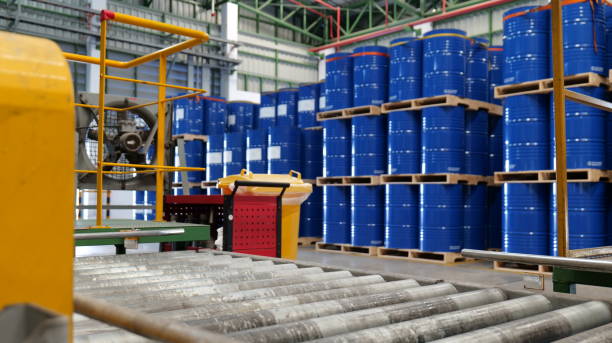In industrial and chemical storage facilities, bunding, or secondary containment systems, is fundamental to preventing environmental contamination and mitigating the risks associated with storing hazardous substances. One crucial aspect of it is its impermeability to the substances being stored. This article will delve into why Bunding must be impervious to the stored substances, emphasising its critical role in safeguarding the environment, compliance with regulations, and overall risk reduction.
Environmental Protection
One of the primary reasons for this requirement is environmental protection. Many industrial and chemical facilities deal with materials that, if leaked or spilled, can pose severe environmental threats. Ensuring that the material is impermeable to these substances means any accidental release is contained within the bunded area, preventing contamination of soil, groundwater, or nearby bodies of water.
Regulatory Compliance
Compliance with environmental regulations and standards is a non-negotiable aspect of operating a storage facility. Regulatory authorities often mandate the use of this facility to prevent environmental damage. However, its effectiveness hinges on its impermeability to the stored substances. Meeting this requirement ensures compliance and demonstrates a commitment to responsible environmental stewardship.
Containment Efficiency
The efficiency of a suitable system relies on its ability to contain the stored substances entirely. An impermeable material ensures that even the smallest leaks or spills are confined within the bunded area. This containment efficiency is vital for preventing the substances from seeping into the ground or migrating to adjacent areas, where they can become difficult to control and remediate.
Prevention of Groundwater Contamination
Groundwater is a valuable natural resource, and its contamination can have far-reaching consequences. Impervious bunding plays a pivotal role in safeguarding groundwater quality. By preventing the stored substances from infiltrating the ground, it maintains the integrity of local aquifers and ensures that groundwater remains safe for consumption and other uses.
Ease of Cleanup and Maintenance
An often-overlooked benefit of impervious bunding is its facilitation of cleanup and maintenance. In the event of a spill or leak, it is far easier to manage and remediate the situation when the substances are confined within the bunded area. Cleanup efforts are more contained, less costly, and less time-consuming, minimising operational disruptions.
Protection of Ecosystems
Many industrial and chemical storage facilities are near natural ecosystems, such as wetlands, rivers, or forests. Impervious bunding helps protect these delicate ecosystems by preventing the spread of harmful substances into these environments. It is a critical buffer that maintains the ecological balance and prevents ecological disasters.
Liability Reduction
In addition to environmental and safety considerations, impervious bundling also has financial implications. Without adequate containment, a facility may face significant financial liabilities in the event of a substance release. Legal penalties, cleanup costs, and damage to the company’s reputation can be avoided or minimised by implementing impervious bunding practices.
Long-Term Viability
Lastly, impervious bunding is an investment in the long-term viability of a storage facility. By preventing substance leaks and spills from compromising the facility’s structural integrity or causing long-lasting environmental damage, impervious bunding ensures the facility’s continued operation while minimising the need for costly repairs and remediation efforts.
In conclusion, the impermeability of Bunding to the substances stored within is a critical aspect of environmental protection, regulatory compliance, and overall safety in industrial and chemical storage facilities. It is a robust defence against environmental contamination, groundwater pollution, and the myriad challenges of storing hazardous materials. Emphasising the importance of impervious bunding is a responsible business practice and a commitment to safeguarding the environment and the communities in which these facilities operate.









